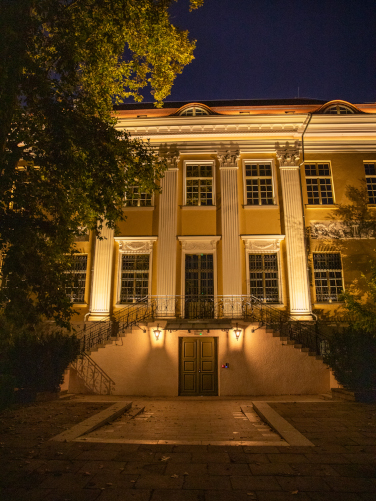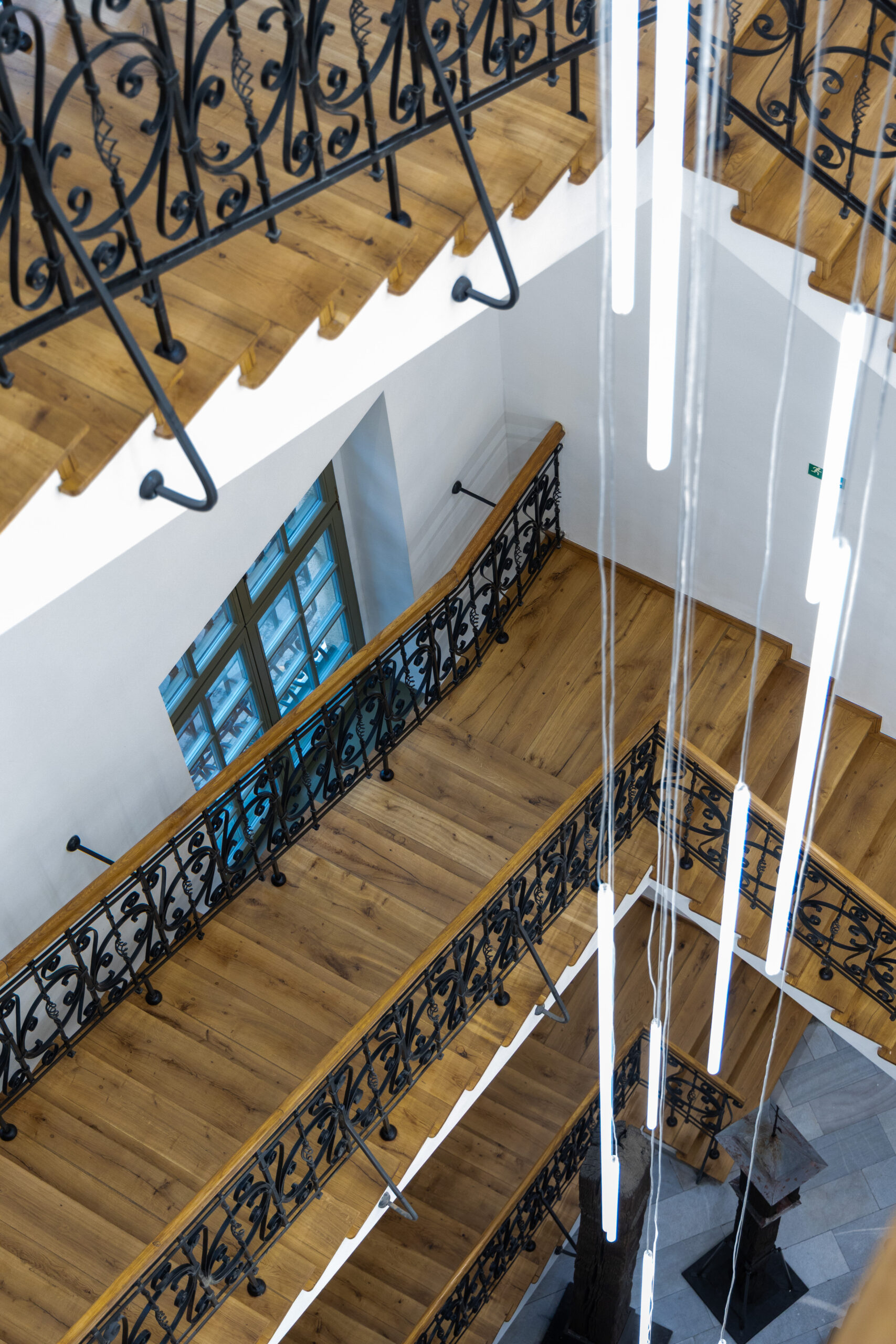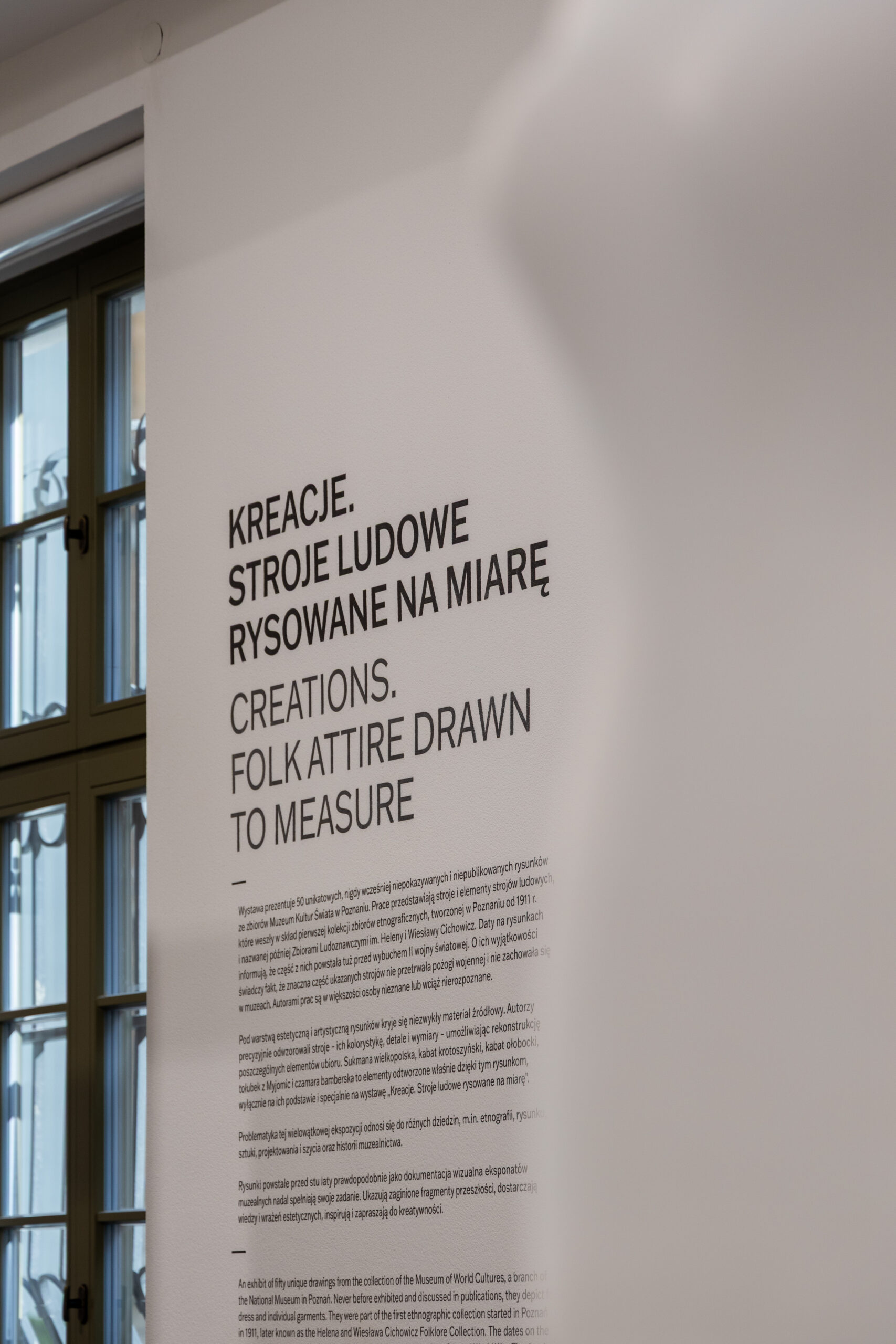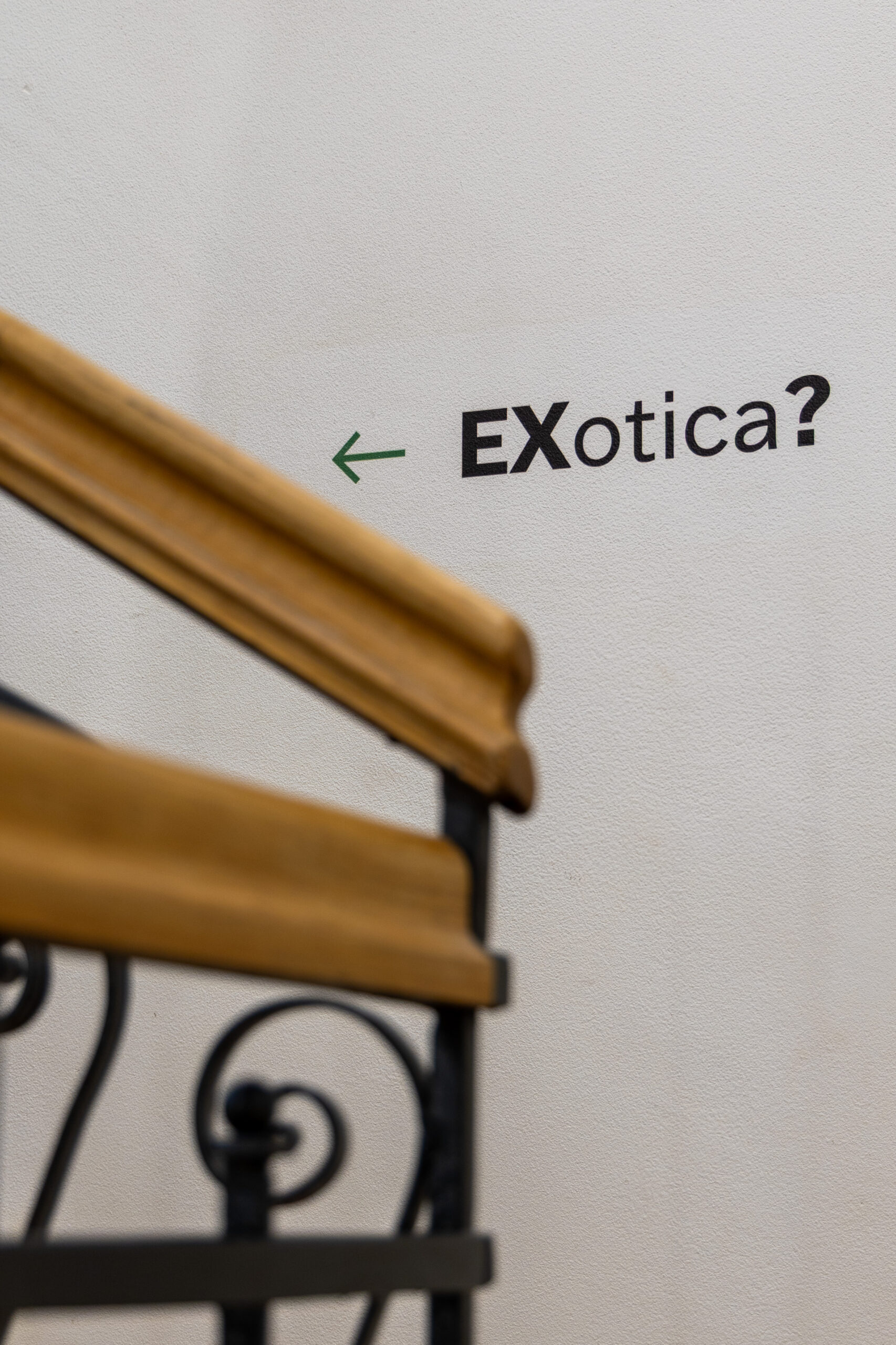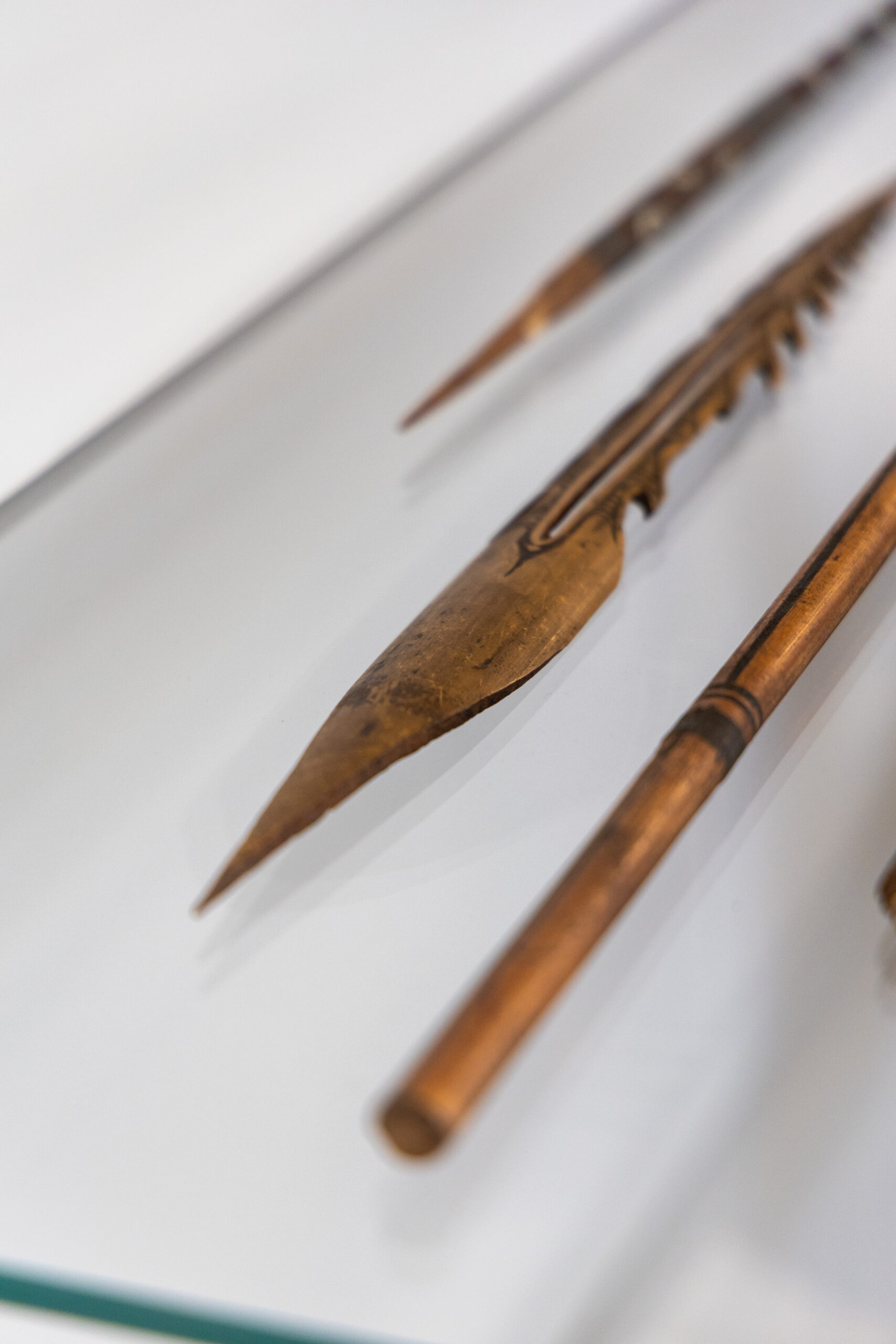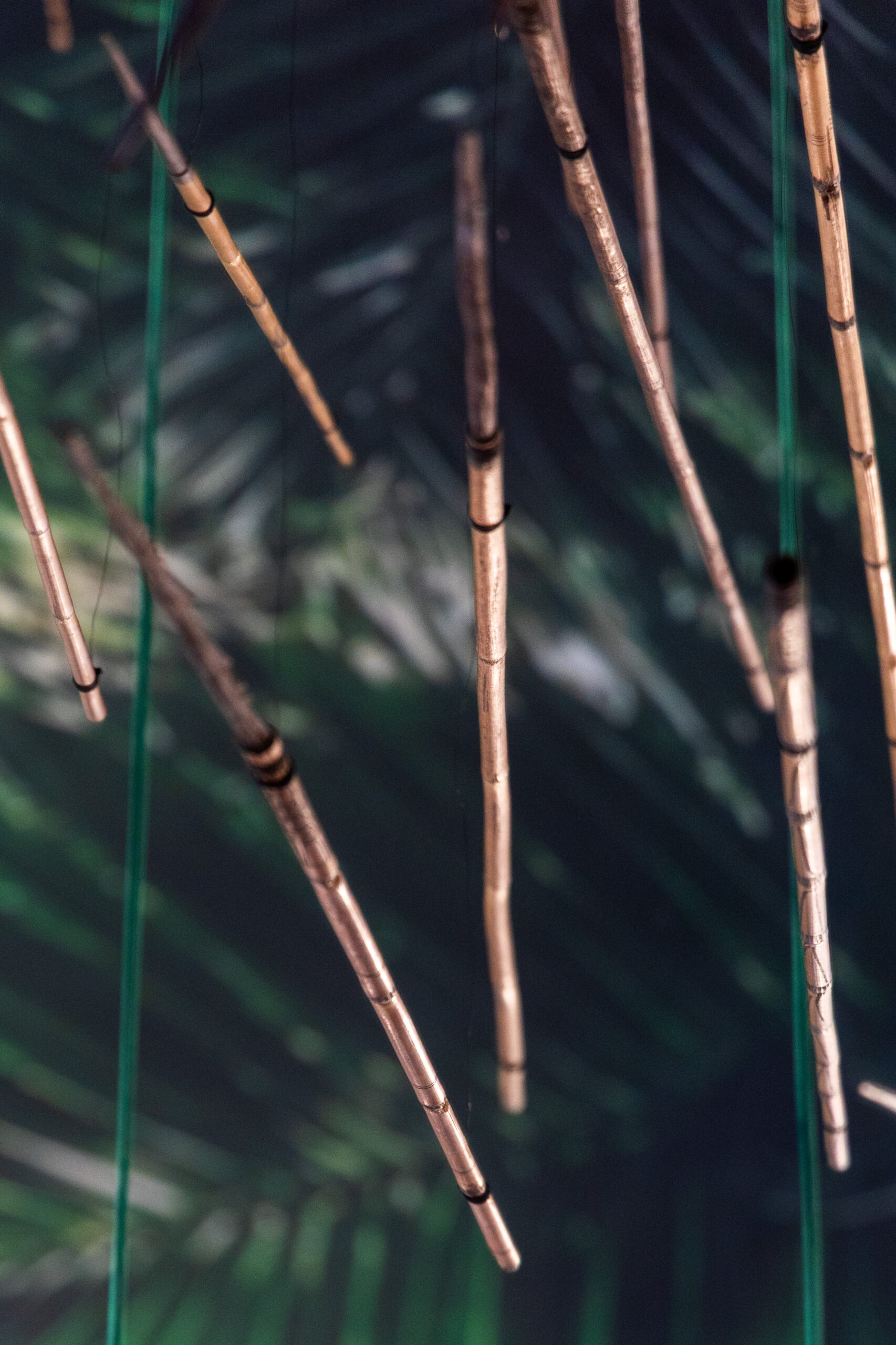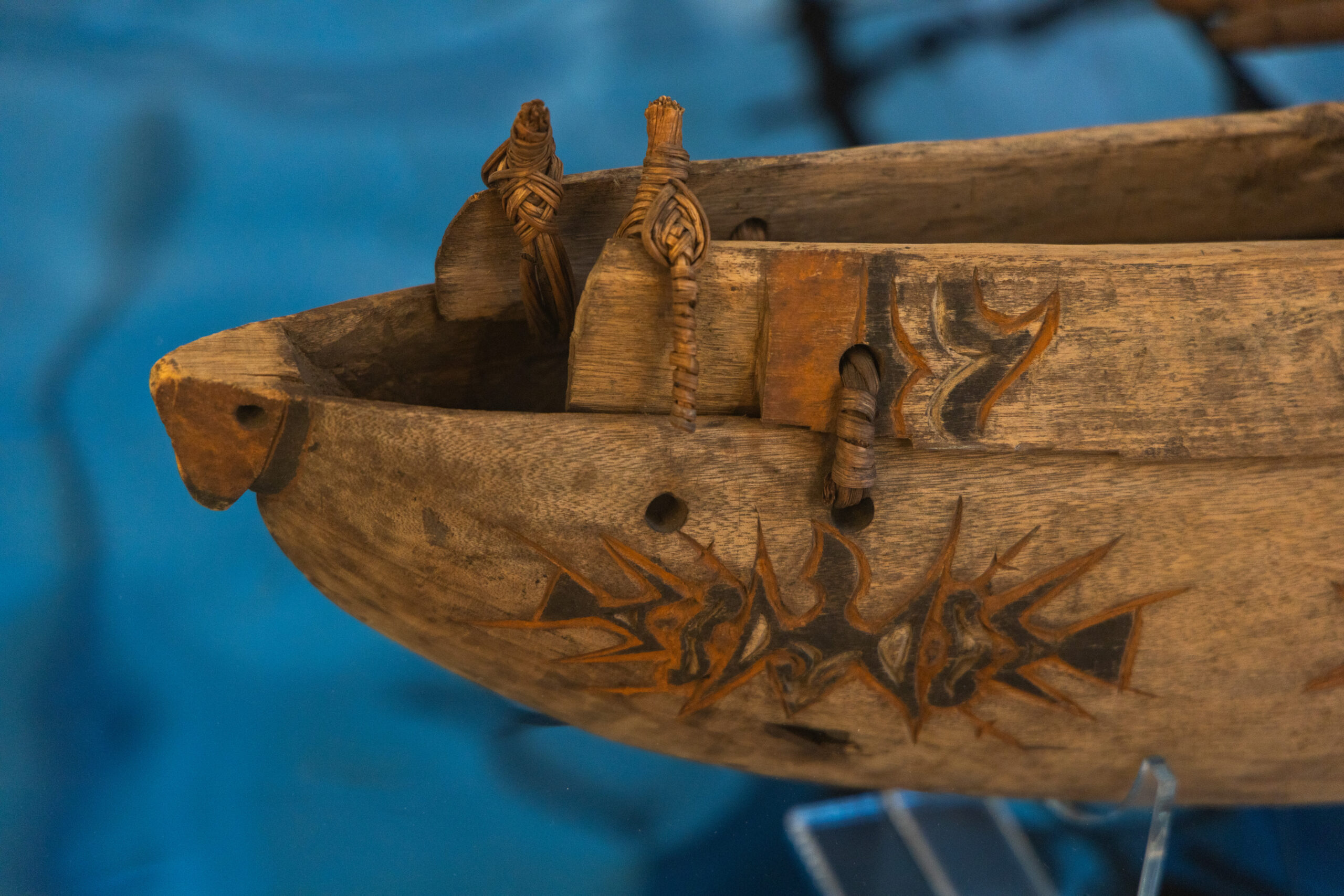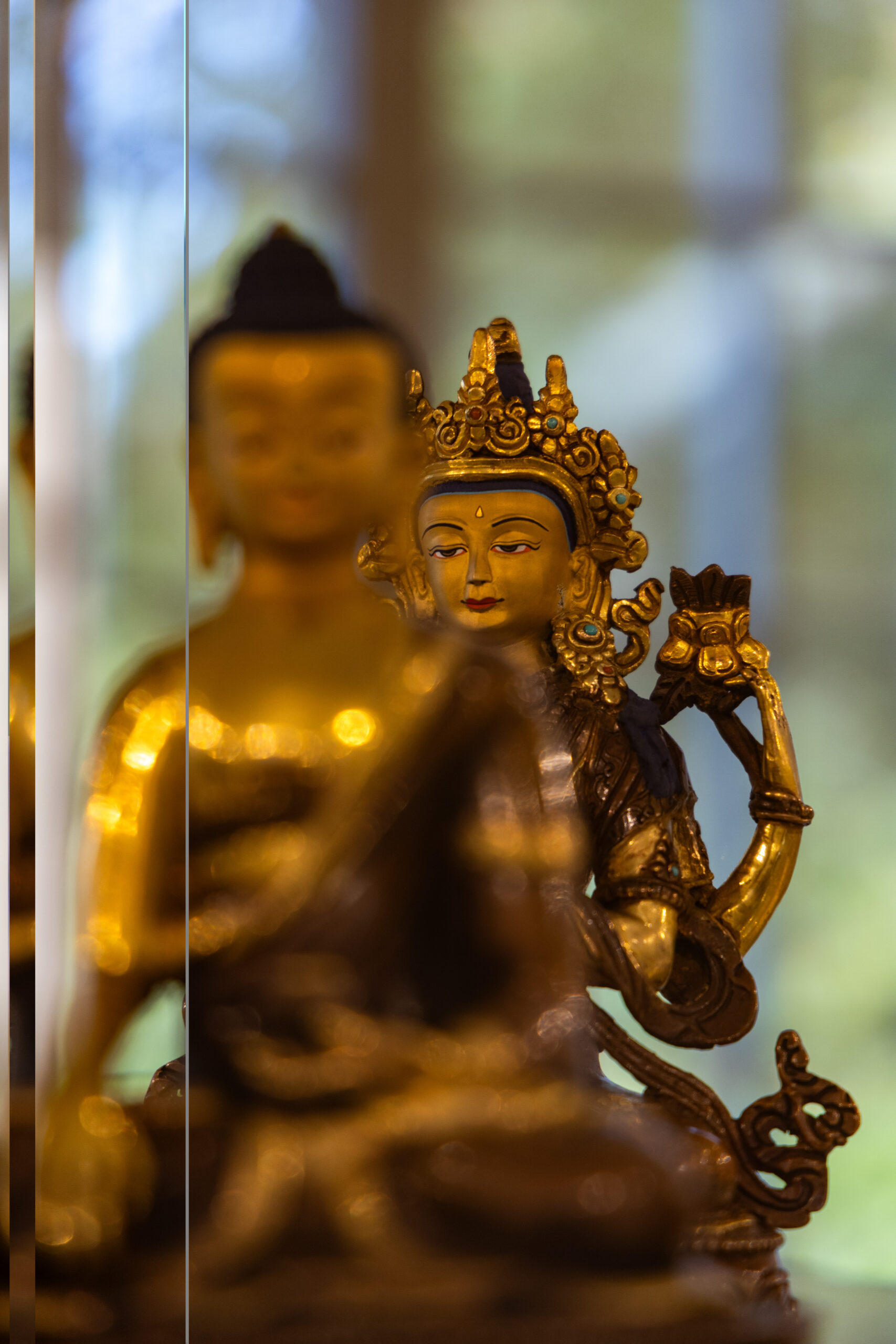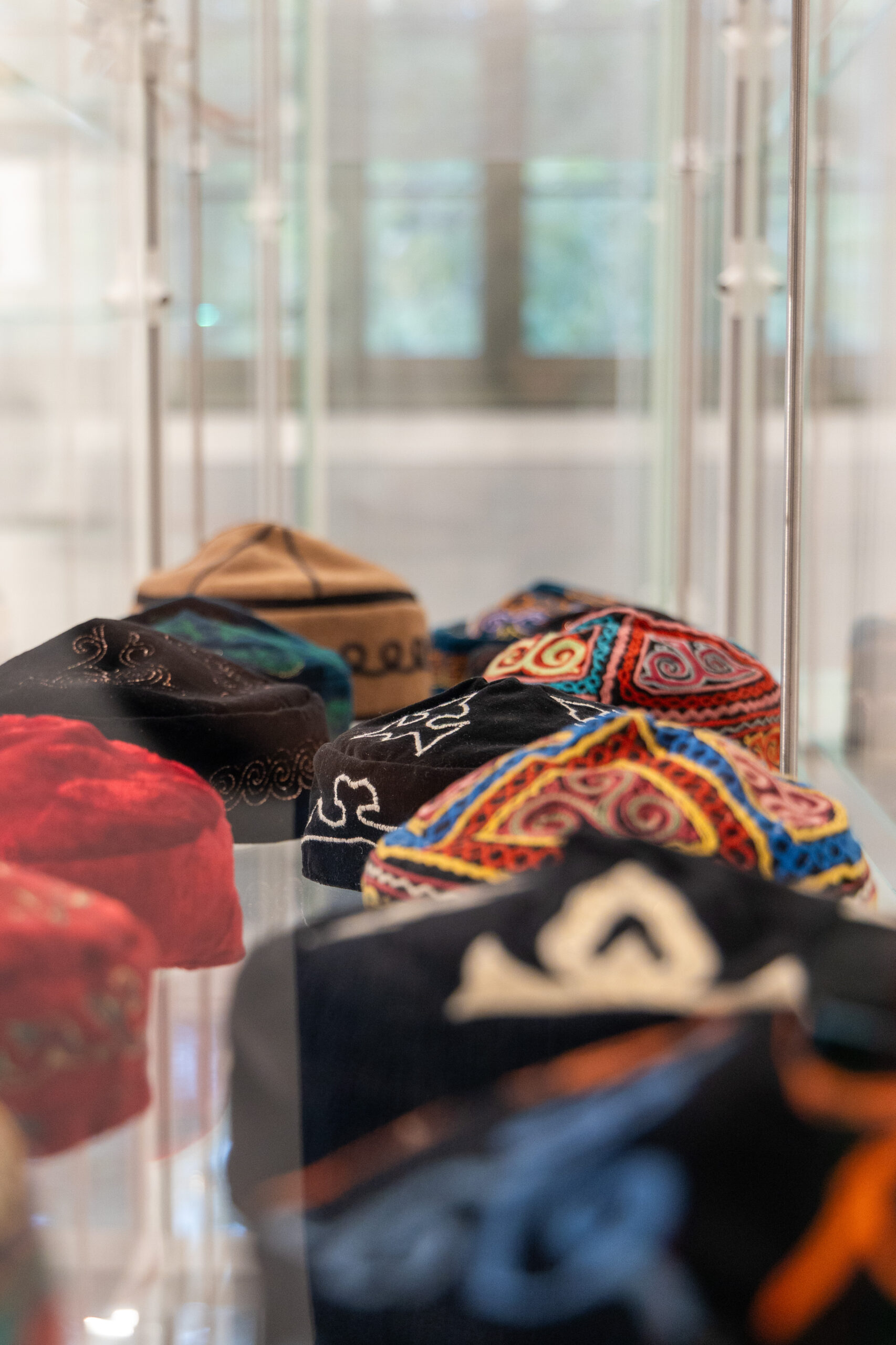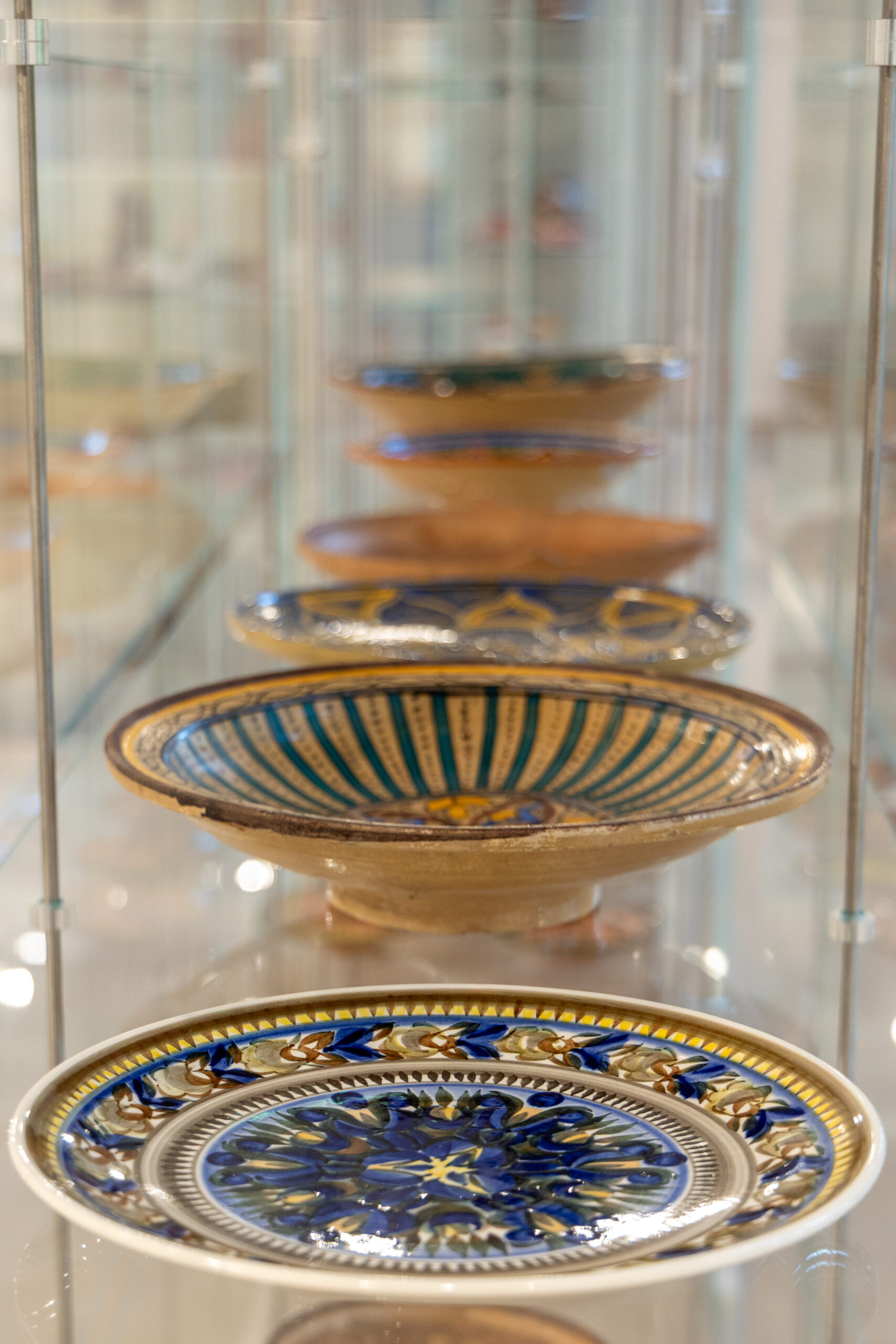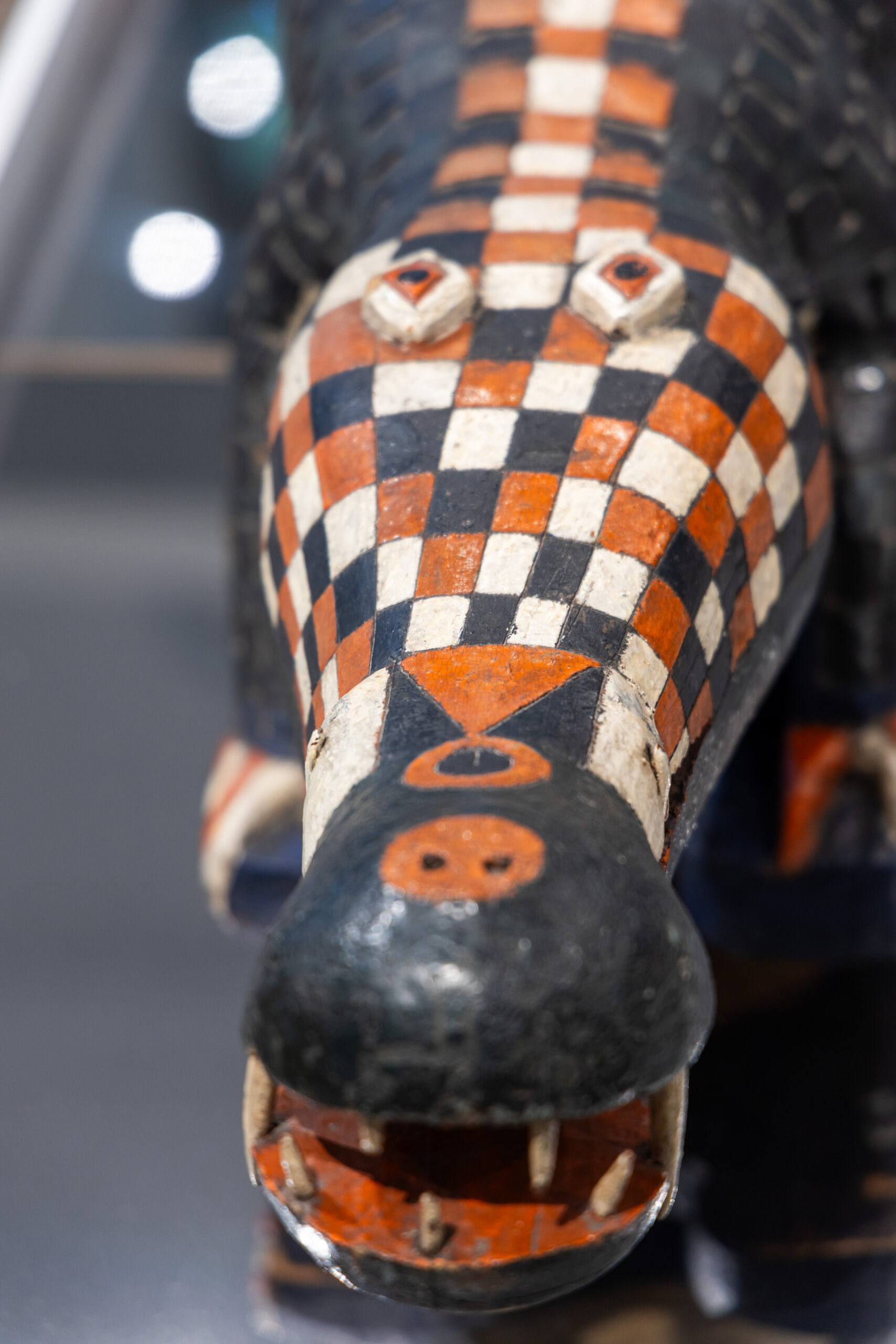Today’s Museum of World Cultures, a branch of the National Museum in Poznań (formerly the Ethnographic Museum), was founded by citizens for citizens. Its origins lie in the establishment of the collections of the Ethnological Society in Poznań and the opening of the first ethnographic exhibition at the Mielżyński Museum in 1911, showcasing nearly 1,000 exhibits, primarily from Greater Poland. This heritage is a source of pride for us, placing us among the oldest institutions of its kind in the country.
Today, our collections are an intriguing mix of religious items, festive and everyday objects, works of art, and work tools—testimonies to human customs, both in traditional, folk, and contemporary cultures, including urban, working-class, and community settings. These items, elite as well as popular, allow us to trace human migrations across territories and eras. During our over 100-year history, we have collected over 17,000 objects and source materials (photographs, manuscripts, drawings) from many regions of the world, including Oceania, Africa, Central and Far Eastern Asia, the Amazon, and the Balkans—a total of over 50 countries. Our own region and country are particularly well represented, including the ethnic and regional groups living within them in their small homelands, as well as the social, generational, professional, and religious groups. Culture is a phenomenon inherent to all human groups, not just ethnicities. Only its formations change. In its activities, the Museum of World Cultures feels obligated to raise awareness and emphasize this fact.
In today’s increasingly globalized world, learning about other cultures is key to building mutual respect and understanding. Every day, consciously or unconsciously, we benefit from being part of a world without borders, a global village. In the 20th century, the process of globalization gathered dizzying pace, which is still accelerating. More and more media, increasingly faster distances, increasingly frequent expeditions to distant lands, more and more real-world and online connections, increasing cooperation and integration of states, communities, economies, and—of course—cultures. Are these close economic ties and the shared consumer lifestyle leading the world to a homogeneous unity? Are we succumbing to cultural uprooting and unification? Or perhaps we want to cultivate cultural distinctiveness and individuality? And if we care about our own “self” and “us,” do we apply the same yardstick to the heritage of “our own” and “others”? Over 8 billion people live on our planet—are they all familiar? Are they the same or diverse? Do we know who we are? Do we know ourselves, do we know others, and each other? It would seem that the world has no borders, knows no barriers, that we are free, mobile, and perfectly connected. That we know everything, constantly learning about new and different people, their cultures, and customs. That we exchange views and opinions, freely reaching for the values and patterns of behavior that each person deems appropriate. And yet, is that really true? Are our perceptions of someone or something—formed during adolescence, during acculturation, deeply ingrained in our consciousness—always consistent with reality? Let’s find out! The Museum of World Cultures in Poznań invites everyone with a curiosity about the world and a willingness to challenge stereotypes. Together, let’s discover the diversity of the world, trying to understand how culture connects and simultaneously divides. Let’s examine whether what we consider native, familiar, obvious, and understandable is truly so. At the same time, let’s reach into foreign cultures to learn about what is different and previously unknown, let’s strive to embrace this otherness. These two complementary processes may arouse surprise when we discover the exotic nature of our own civilization.
The world’s incredibly diverse culture encompasses both the material and immaterial (spiritual) achievements of numerous human societies: language, traditions, folklore, art, technology, customs, and above all, patterns of thought and behavior. By inviting others to encounter and engage in dialogue with the “other”—whether geographically or temporally distant—we are aware that the difficulty of capturing a complete picture of a given culture can lead to the danger of overinterpretation or even distortion. We are not confronted with something permanent, single, and homogeneous. The multiplicity of cultures, their paradigms, the shifting definitions and trends of the disciplines upon which we work—ethnography, ethnology, cultural and social anthropology—present a serious complication and a formidable challenge for museum professionals. Even a century ago, although certainly subject to history and its transformations, cultures were more static in nature, and the changes taking place were slower and often internal processes of transformation within a given culture. Contemporary processes of global change can take surprising turns, often becoming a mystery not only for the researchers observing them but also for the participants.
The Museum of World Cultures is a place for asking questions, large and small, for curiosity and dialogue. By presenting the world from diverse perspectives, we offer the opportunity to question patterns of thought, values, and behavior, while the curator’s voice is no longer the only voice, or the voice of authority. We invite researchers, museum professionals, specialists and amateurs, enthusiasts, collectors and artists, musicians, travelers, representatives of various communities, backgrounds, and professions—all our audiences—to collaborate. Based on the exchange of perspectives and mutual dialogue, we can take a broader look at history and the present, ask new questions, and discern relationships that were previously invisible.
At the Museum of World Cultures, we present contemporary cultures—both near and far. We also bring to life historical cultures—local, ethnic, national, and international. We document their similarities and differences, their various forms of expression, and the interactions that occur between them. By collecting objects, we learn about the ideas that create them. The objects presented at the exhibition—excitingly diverse, unusual, and often mysterious, once shaping the identities of individual owners and users—continue to mediate between the material and the immaterial, the intangible and immeasurable, yet nonetheless significant. Culture, as manifested in material objects, always relates to the individual themselves, to the attempt to understand who they are and the world they inhabit. World culture is not only about communication, reciprocity, and interdependence; it also encompasses the specificity, distinctiveness, concreteness, and uniqueness of each individual.
We want to transcend Eurocentric perspectives to discover the transcultural nature of the world. We offer a nuanced narrative, revealing the history of individual collections and openly discussing how objects from around the world came to Poznań. One of our strategic goals is provenance research and a critical reassessment of contexts, including colonial ones. A fresh and comprehensive, 21st-century approach to material culture is important to us. In our work with ethnographic collections, we prioritize interdisciplinary collaboration, operating at the intersection of ethnography, ethnology, cultural and social anthropology, art, musicology, folklore studies, literature, linguistics, and history. We are engaged in various collaborations at the national and international levels, with partners from indigenous cultures and diverse societies. Our mission is to provide a multifaceted interpretation of world culture and promote the expansion of knowledge. Our public outreach takes various forms, but we are always focused primarily on our audiences, whose wishes and needs are crucial to us. Therefore, we strive to make our collections as widely accessible as possible. We present the heritage of diverse cultures, preserved in material objects, on display with a museum’s commitment to authenticity and consider them a starting point for discussion. Our goal is to bring people closer together, and we treat our collections as narratives open to additions and continuations. Together with our viewers, we want to participate in explaining and familiarizing the world, in shattering stereotypes, and enabling the crossing of cultural barriers and intolerance. By promoting diverse worldviews, historiographies, religions, and aesthetics, we prioritize their acceptance and appreciation without exclusion or stigmatization. Together with our viewers, we want to deepen the exchange of ideas and objects between Europe and other regions, and to provide a forum for transcultural exchange. And as a museum that is part of Poznań’s urban fabric, we also provide a connection between local and global audiences. Our gallery contains over 600 artifacts and an endless array of stories: from Greater Poland, Europe, the Americas, Africa, Asia, and Oceania.



